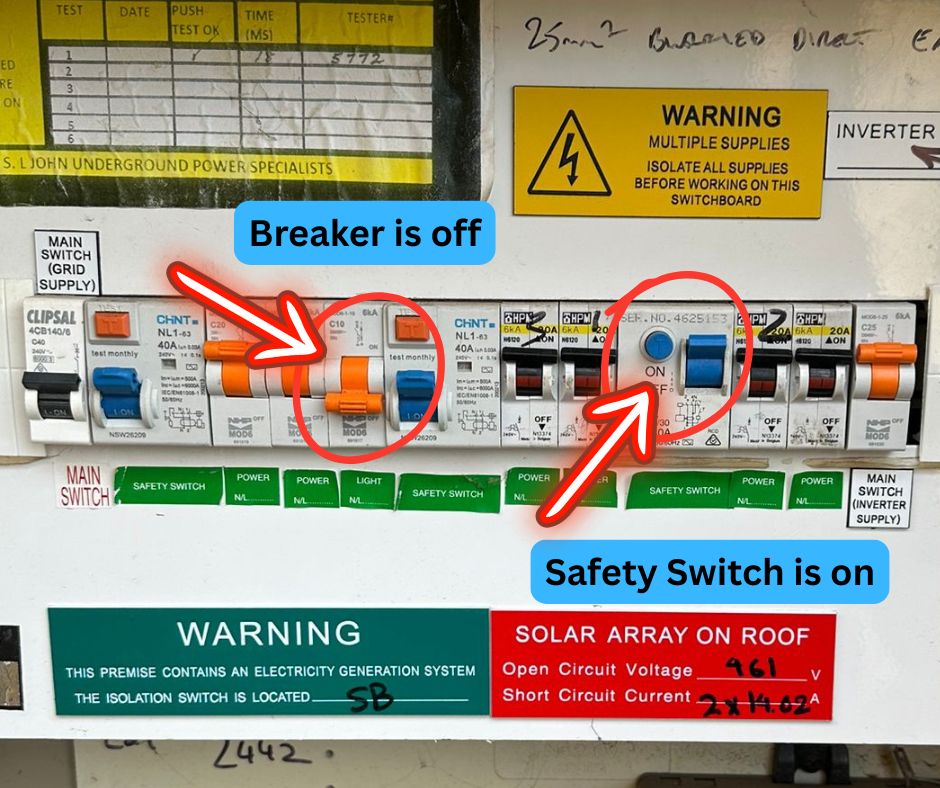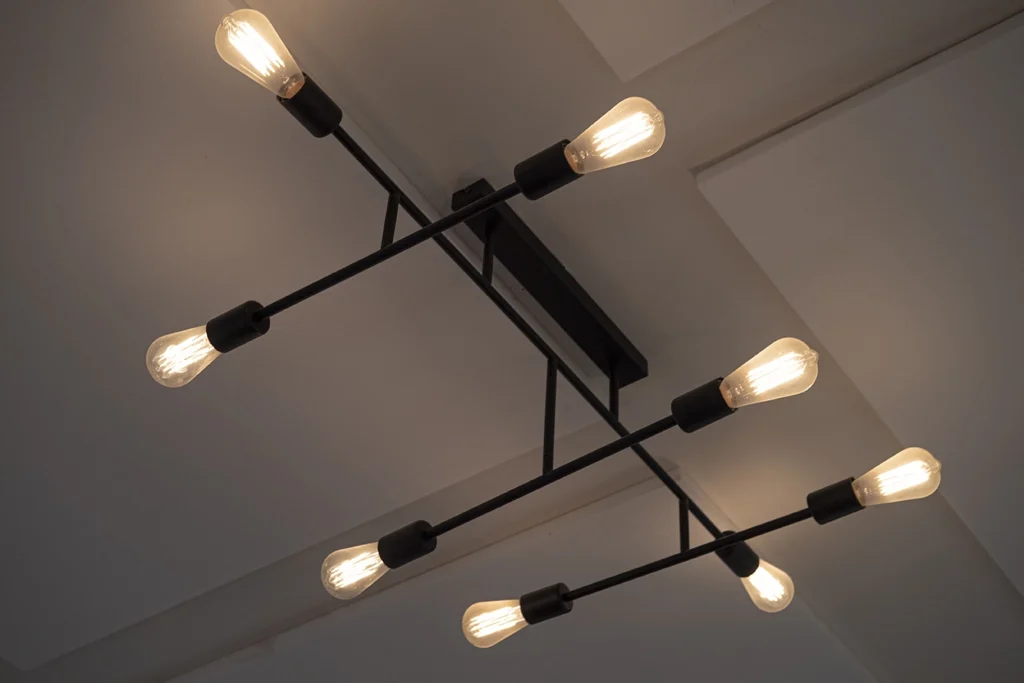Delve into the Causes of Flickering Lights and Understand Their Consequences
Flickering lights can often instil a sense of anxiety within any residential setting. These disruptions can arise from a plethora of issues such as loose connections, overloaded electrical circuits, unexpected voltage fluctuations, degrading light bulbs, or faulty dimmer switches. More alarmingly, consistent flickering could indicate serious wiring issues or a problematic neutral connection, which requires the immediate expertise of a certified electrician to ensure both safety and functionality. Recognising these warning signs is crucial, as neglecting them may lead to escalating electrical complications that could pose significant risks to your home and family.

Conducting a Comprehensive Investigation of Flickering Lights: Essential Insights for Homeowners
While experiencing flickering lights may appear to be a trivial annoyance, it frequently serves as an early warning sign that more significant electrical issues might be on the horizon. Whether you notice a single downlight flickering, or an entire room dimming when an appliance such as a kettle is in operation, or if persistent flickering occurs in LED lights, these symptoms usually indicate an underlying concern that requires prompt attention. At Electrx, we take pride in our reputation as Beacon Preferred electricians, consistently offering a variety of lighting solutions. We regularly receive inquiries from residents in Werribee, Tarneit, Altona, and Hoppers Crossing regarding flickering lights, and we find it crucial to share valuable insights on this pertinent topic.
Identifying the Most Common Causes of Flickering Lights in Your Home
The Impact of Loose Connections on Your Lighting System
A poor connection at any point in your lighting circuit—whether at a light fitting, switch, or junction box—can lead to irregular power supply issues. This inconsistency presents itself as visible flickering, which can be distracting and may also indicate more serious underlying electrical problems that could jeopardise the safety of your home. Regular inspections and maintenance are vital to identifying and rectifying these loose connections before they escalate into significant hazards, thus ensuring the ongoing safety and efficiency of your electrical system.
Recognising the Symptoms of Deteriorating Light Bulbs
As LED globes age, or if they are of substandard quality, they often begin to flicker, especially when used with incompatible dimmer switches. To guarantee reliable functionality and prevent flickering, it is essential to replace outdated light fixtures with high-quality alternatives. Furthermore, improper installation can exacerbate flickering problems, making it imperative to ensure that any new bulbs installed are compatible with your existing lighting setup, thereby promoting optimal performance and longevity.
Understanding the Dangers of Overloaded Circuits
Overloading a single circuit with an excessive number of appliances, particularly in high-demand areas such as the kitchen, can cause lights to dim or flicker when other devices are activated. This situation underscores the importance of balancing your circuit loads and, if necessary, redistributing appliances across multiple circuits. This practice not only prevents flickering but also ensures a consistent and reliable power supply throughout your home, protecting your devices and enhancing overall electrical safety.
Evaluating the Effects of Faulty Dimmer Switches on Lighting Stability
Not every dimmer switch is compatible with LED bulbs. If you have upgraded to LED lighting but retained an older dimmer switch, compatibility issues may arise, resulting in flickering. To mitigate such problems, it is advisable to replace outdated dimmer switches with modern alternatives specifically designed to work harmoniously with LED technology. This ensures stable lighting and optimal performance in your home, contributing to a comfortable living environment.
Detecting Voltage Fluctuations and Their Effects on Lighting Performance
If you observe your lights dimming when the heater activates or flickering during the refrigerator's cycling, it may indicate unstable voltage supply or issues with the neutral conductor. These fluctuations can potentially lead to significant damage over time, making it essential to conduct a thorough inspection of your electrical system to identify and resolve the underlying issues contributing to these voltage irregularities. Addressing these problems promptly can safeguard your appliances and enhance the reliability of your electrical system.
Identifying When Flickering Lights Signal Serious Electrical Issues
While occasional flickering may not warrant concern, certain warning signs should prompt you to consider potential underlying problems that require immediate attention:
- Multiple rooms flicker simultaneously, indicating a widespread electrical issue
- Lights brighten and then dim again, suggesting an unstable power supply
- Buzzing sounds emanating from the switchboard or fixtures
- Other appliances also exhibit flickering
- Burning smells or visible discolouration around light fittings
These indicators may hint at a potential electrical fault that could pose a fire risk or lead to electrical accidents. It is vital to take these signs seriously and seek the expertise of a qualified electrician without delay to ensure the safety of your home.
Performing Effective DIY Checks to Diagnose Flickering Lights
- Replace the bulb: If the flickering appears to be isolated to one light, swapping the bulb with a high-quality LED may resolve the issue effectively.
- Test without dimmers: Temporarily removing or bypassing dimmers can help ascertain if this stops the flickering, providing valuable diagnostic information.
- Turn off major appliances: If flickering diminishes when heavy-load devices are powered down, this may signal an imbalance or undersized circuits that require attention.
If flickering persists or affects multiple areas of your home, it is crucial to seek professional assistance. Our Electrical Fault Finding team is expertly equipped to swiftly trace the source of the issue and implement effective solutions tailored to your needs.
Request Your Free Quote Today!
Discover Our Complimentary Electrical Inspections

Our Comprehensive Methodology for Rectifying Flickering Lights
When we receive requests to investigate flickering lights, we rely on thorough assessments rather than assumptions. Our comprehensive service comprises:
- Load and voltage tests performed on each circuit
- Switchboard inspections to identify loose terminals and ageing breakers
- Neutral connection integrity evaluations to ensure safe operation
- Compatibility assessments for dimmers and LED drivers
- Circuit separation if appliances are overloading shared wiring
- Thermal imaging as necessary to detect hotspots or faults in hidden wiring
Should we discover that your switchboard is outdated, we may recommend a Switchboard Upgrade to enhance the stability and safety of your electrical system, ensuring long-term reliability and superior performance.

Investigating Flickering Lights in Newly Constructed Homes and Renovations
Even newly built homes can encounter issues with flickering lights, particularly if lighting fixtures were installed using substandard materials or if the circuits were improperly balanced. Some prevalent causes of flickering in new constructions include:
- Substandard LED drivers that fail to deliver a stable power supply
- Shared circuits for lighting and power, leading to inconsistent performance across fixtures
- Inexpensive “smart” dimmers installed without appropriate load matching, resulting in poor functionality
- Electricians using halogen-rated dimmers with LED retrofits, leading to compatibility challenges
Conducting a thorough site inspection can help ascertain whether the flickering is due to a fitting issue or if it arises from a more serious wiring problem that needs to be addressed promptly to ensure safety and efficiency.
Addressing Common Questions Regarding Flickering Lights
Why do my lights flicker when the washing machine operates?
This typically indicates that your circuit is overloaded or that the voltage supply decreases under load. We are fully equipped to perform tests and rebalance the circuit to remedy these issues effectively.
Is flickering a dangerous situation?
It can indeed be hazardous. If flickering affects multiple rooms or worsens over time, it may suggest a loose or damaged connection, which carries a significant fire risk.
Can you resolve this without having to rewire the entire house?
Absolutely. In most cases, we can address the issue by fixing or segregating specific circuits or by replacing defective fittings and switches, thus minimising disruption.
Can dimmer switches contribute to flickering?
Yes, particularly older dimmer switches when used with LED globes. We can install compatible dimmers or rewire your system to ensure complete LED compatibility and stable performance.
The Urgent Need to Address Flickering Lights Without Delay
Flickering lights are more than just an inconvenience; they frequently serve as indicators that something is amiss within your electrical system. In some instances, resolving the issue may be straightforward; however, in other scenarios, it could signify the emergence of a more serious electrical problem. As Beacon Preferred electricians, we are committed to identifying and rectifying any faults, ensuring that your lighting system remains safe, dependable, and free from worry.
Get in Touch for Your Tailored Quote!
Inquire About Our FREE Electrical Inspections Today!

The Article: Flickering Lights? Discover What It Might Indicate first appeared on https://writebuff.com
The Article Flickering Lights? Uncover Their Possible Meanings Was Found On https://limitsofstrategy.com





It’s interesting how something as seemingly mundane as flickering lights can evoke such strong feelings of unease. I remember a time when I was living in an older apartment, and the lights would flicker occasionally, especially during peak hours. At first, I thought it was just a quirk of an aging building, but gradually, I became more concerned. I didn’t realize until later just how much it could potentially signal about the state of the wiring and electrical systems.